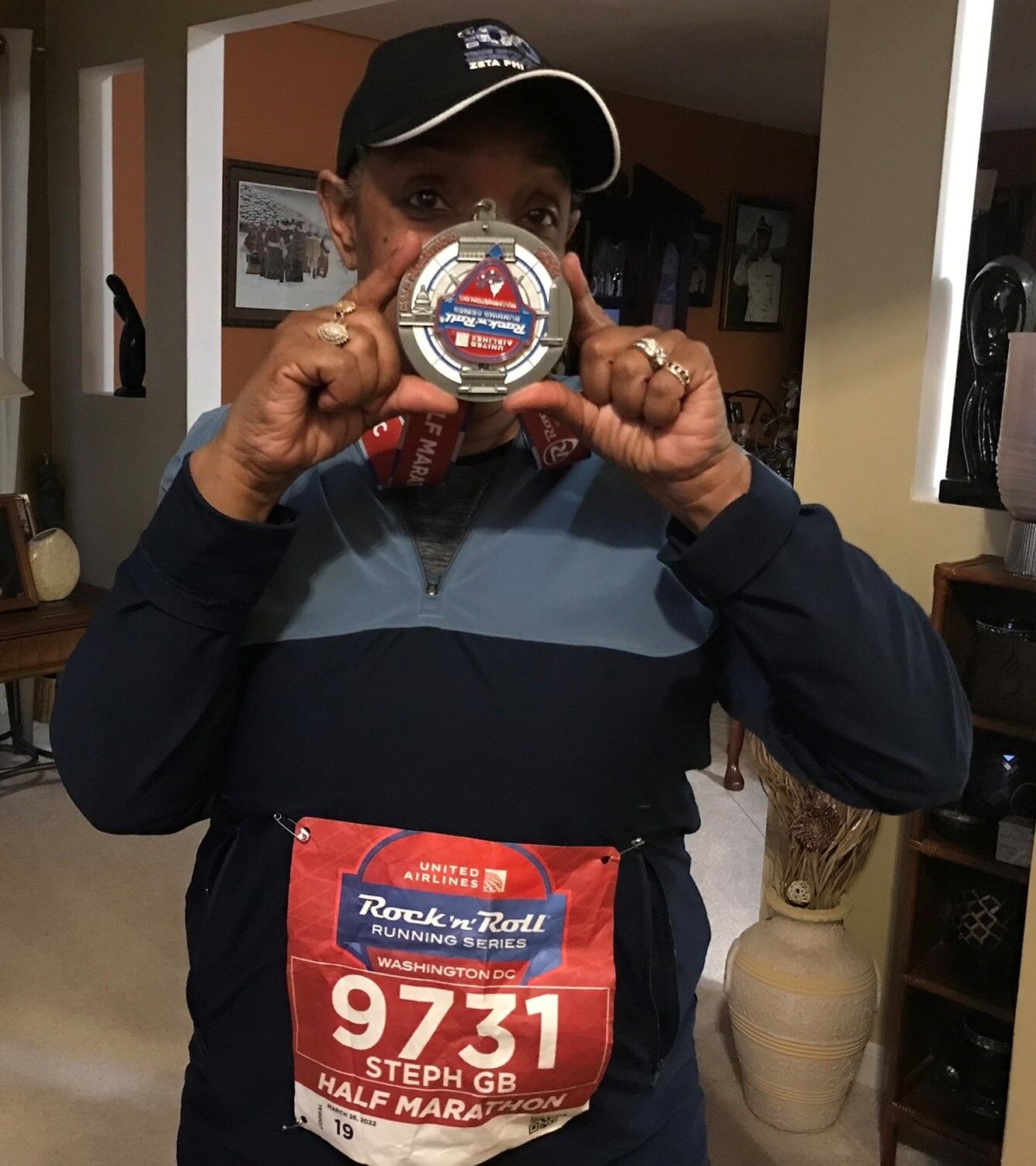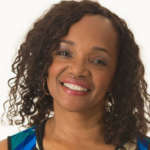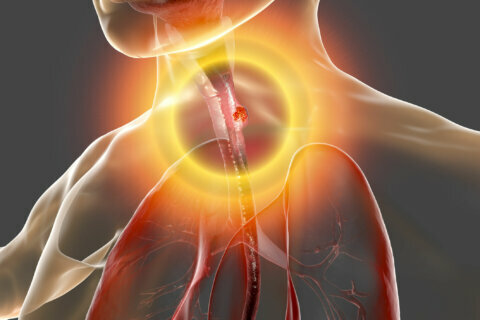As a young girl, I would overhear my mother and her sisters, who had migrated from Georgia to New Jersey in the 1940s and 50s, talking about “sugar.” They would speak in serious tones of how a cousin had just been diagnosed with “sugar,” how an elderly neighbor had a leg amputated due to “sugar,” and worst of all, how a distant uncle died from “sugar.”
My young mind couldn’t conceive of how something called “sugar” could be so bad. It was delicious in Twinkies and Captain Crunch. I loved the overflowing cups of sugar that my mother stirred into our daily pitcher of Kool-Aid. I reasoned back then, if we all had to die someday, I would much rather it be from something sweet like “sugar.”
I don’t remember exactly when the realization came to me that “sugar” was Type 2 diabetes. I do remember my mother was diagnosed with the disease at age 59. My father became diabetic in later years, but it didn’t wreak havoc on his body the way it did hers. Louise Gaines died in 2019 at the age of 86, less than a year after having her leg amputated due to complications from diabetes and rheumatoid arthritis.
I was diagnosed with gestational diabetes during my pregnancy with my first child. It went away after the pregnancy, but like 50% of women with gestational diabetes, I went on to develop Type 2 diabetes ten years later.
I was never as successful at watching my diet as I was at exercising, so I used exercise as my primary weapon against the disease. I have always been an avid run/walker and have completed over 30 half marathons. I also discovered yoga after years of chronic back pain, became a yoga instructor and subsequently opened my own studio.

Between my four day per week run/walk schedule and teaching 6 yoga classes per week, I believed I was doing enough exercise to stave off most of the effects of diabetes. My A1C, which was always under 7, was proof that my theory was correct.
Then, the COVID-19 pandemic struck. I was forced to close my yoga studio and turn to all virtual classes. As a radio news anchor for over 30 years, I have reported on more than my share of homicides, robberies, fires and political corruption. But reporting COVID death numbers hour after hour each shift on WTOP felt much more personal than anything I have ever reported. They weren’t just numbers. They were people I knew, former co-workers, family and friends all falling victim to this deadly disease.
To add to the stress, I was doing my weekend on-air shifts from the basement of my home, which was fuller than usual. Two of my four children were home; my daughter who was in her sophomore year at Georgetown University and my youngest son who was a high school senior. I was stressed.
Little did I know that COVID would soon be the least of my worries. My husband, who is also diabetic, takes his blood sugar daily. I never needed to before. One morning for no reason, he said, let’s take your blood sugar. To our shock, the glucose monitor read 450. “That’s got to be a mistake,” I insisted. We took a second reading. The number was the same, 450, a dangerously high number that put me at risk of going into a diabetic coma or having a stroke or heart attack. The next day while in my doctor’s office, my A1C was 10.8, well above the normal level. She immediately put me on insulin.
Injecting myself daily with insulin was an emotional blow to my ego. For years, I taught people about health and mindfulness, and I felt that I had failed my own lessons. I remember going to see an endocrinologist who immediately detected that I was struggling with the idea of being on insulin. She scolded me, “Stop thinking of insulin as bad. It’s going to help you get better.” I had somehow decided that insulin was “the great evil.” Her words forced me to rethink my feelings about the drug.
In Diane Reeve’s 1988 hit song, “Better Days,” she sings “You can’t get to know better days unless you make it through the night.” Eighteen months later, I made it through the night. My A1C is 6.3. And, I have dropped over 20 pounds.
Giving back has been a big part of my healing process, along with a healthier diet and exercise. After temporarily closing my yoga studio, other doors opened. I began teaching free virtual chair yoga classes to senior citizens, something that brought me such joy that I decided to get certified to teach oncology yoga. I now teach yoga to cancer patients, as well. I am also anchoring in- studio again at WTOP bringing you traffic and weather “on the 8’s” and I’m training for my next half marathon. I know now that life can be sweet after “the sugar.”








